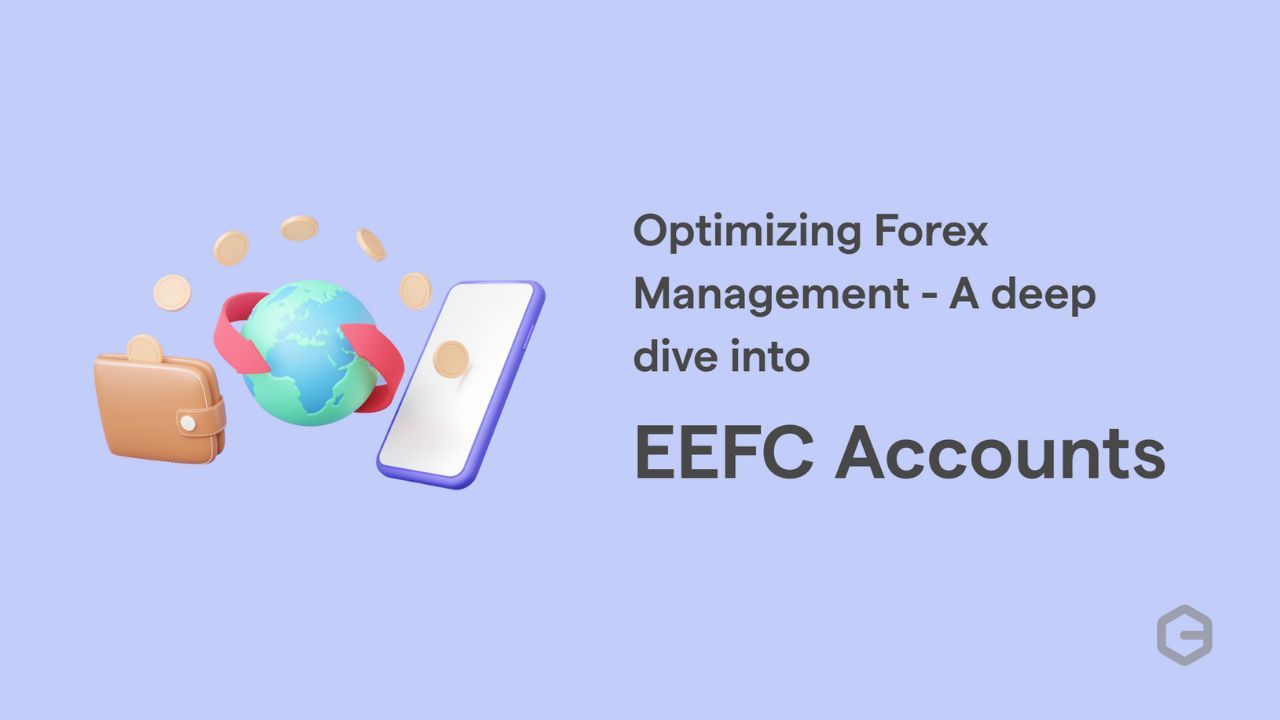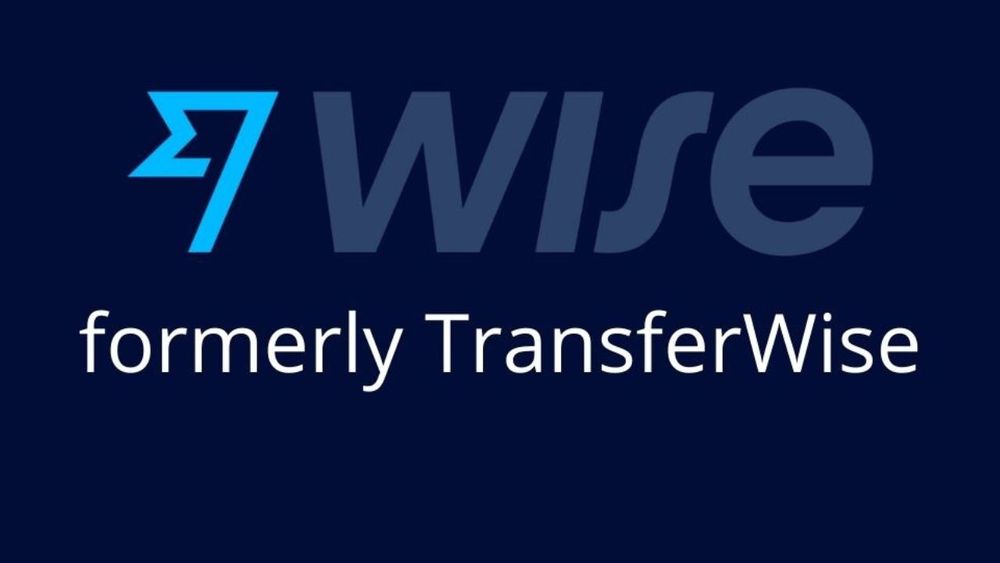Introduction:
- The global market and the rise of cross-border transactions have brought about the need for specialized financial instruments and accounts that can handle foreign currency efficiently. One such account is the Exchange Earner’s Foreign Currency (EEFC) account. In this article, we will delve into what an EEFC account is, the banks that offer these accounts, eligibility criteria, features and benefits, the process of foreign remittance to EEFC accounts,
What is an EEFC Account?
- An Exchange Earner’s Foreign Currency (EEFC) account is a type of bank account maintained in foreign currency by an individual or company based in India. It allows the account holder to retain their foreign earnings in foreign currency rather than converting them to Indian Rupees (INR) immediately. This is particularly useful for businesses and individuals who frequently deal with international clients, as it helps mitigate the risk of currency fluctuation.
Purpose and Importance of EEFC Accounts:
EEFC accounts are designed to facilitate:
- Smooth and efficient handling of foreign exchange transactions.
- Protection against foreign exchange rate volatility.
- Simplification of financial management for businesses with significant international dealings.
Which Banks Have EEFC Accounts?
Most major banks in India offer EEFC accounts to their customers. These include, but are not limited to:
- State Bank of India (SBI)
- HDFC Bank
- ICICI Bank
- Axis Bank
- Bank of Baroda
- Punjab National Bank (PNB)
- Kotak Mahindra Bank
- Yes Bank
- Union Bank of India
- IndusInd Bank
Eligibility:
To be eligible for an EEFC account, one must be an individual or entity earning foreign exchange. This can include:
- Exporters of goods and services.
- Individuals receiving remittances from abroad.
- Businesses involved in international trade.
- Freelancers and professionals working with foreign clients.
There are no specific income thresholds or transaction limits imposed by the Reserve Bank of India (RBI) for opening an EEFC account. However, banks may have their internal criteria and documentation requirements.
Features and Benefits:
EEFC accounts come with several features and benefits that make them a valuable tool for managing foreign exchange. These include:
- Retention of Foreign Currency: Account holders can retain 100% of their foreign exchange earnings in foreign currency. This helps avoid frequent conversions and losses due to currency fluctuations.
- Flexibility: Funds in an EEFC account can be used for various purposes, such as business travel, overseas education, import payments, and other permissible current account transactions.
- Hedging Against Currency Risk: By holding funds in foreign currency, account holders are protected against adverse movements in exchange rates.
- Ease of Transactions: EEFC accounts facilitate easy and quick transactions in foreign currency, reducing the need for multiple currency conversions.
- Interest on Balances: Some banks offer interest on EEFC account balances, adding to the benefits of maintaining foreign currency funds.
- Online Banking Facilities: Most banks provide online access to EEFC accounts, enabling account holders to manage their funds conveniently.
Foreign Remittance to EEFC Accounts:
Foreign remittance to EEFC accounts can be made through various channels, including:
- Direct wire transfers from overseas banks.
- Conversion of export proceeds.
- Transfer from other foreign currency accounts.
- Receipt of professional fees or other foreign income.
The process typically involves the following steps:
- Receipt of Foreign Currency: The foreign currency is received by the Indian bank from the overseas sender.
- Credit to EEFC Account: The bank credits the foreign currency amount to the account holder's EEFC account.
- Notification: The account holder is notified of the credit, usually through an email or SMS alert.
It is important to note that EEFC accounts can only be credited with permissible foreign exchange earnings as defined by the RBI.
Conclusion:
- An EEFC account is an essential tool for individuals and businesses dealing with foreign exchange. It offers the flexibility to retain foreign earnings in foreign currency, providing a hedge against currency risk and simplifying international transactions. By maintaining an EEFC account, account holders can efficiently manage their foreign exchange funds and minimize losses due to currency fluctuations.
- In summary, EEFC accounts are a valuable resource for managing foreign exchange efficiently, providing a hedge against currency risk, and simplifying international financial transactions. By understanding the features, benefits, and processes associated with EEFC accounts, individuals and businesses can make informed decisions to optimize their foreign currency management.
FAQs:
Who can open an EEFC account?
- Any individual or entity earning foreign exchange, such as exporters, freelancers, and businesses involved in international trade, can open an EEFC account.
Are there any restrictions on the amount that can be kept in an EEFC account?
- No, there are no restrictions on the amount that can be retained in an EEFC account.
Can I earn interest on the funds in my EEFC account?
- Yes, some banks offer interest on EEFC account balances, although the interest rates may vary.
What are the permissible uses of funds in an EEFC account?
- Funds in an EEFC account can be used for permissible current account transactions, such as business travel, import payments, and overseas education expenses.
Can I withdraw cash from my EEFC account?
- Cash withdrawals in foreign currency from EEFC accounts are generally not permitted. However, funds can be converted to INR and withdrawn.
How do I transfer money to my EEFC account?
- Money can be transferred to an EEFC account through direct wire transfers from overseas banks, conversion of export proceeds, and other permissible foreign exchange earnings.
Is there any limit on the retention period of foreign currency in an EEFC account?
- No, there is no limit on the retention period. Account holders can retain foreign currency in their EEFC account for as long as they wish.
Can I open multiple EEFC accounts in different currencies?
- Yes, individuals and entities can open multiple EEFC accounts in different currencies with the same or different banks.
What documentation is required to open an EEFC account?
- The documentation required may vary from bank to bank but generally includes proof of identity, address proof, and documents supporting the source of foreign exchange earnings.
Are there any fees associated with maintaining an EEFC account?
- Banks may charge maintenance fees for EEFC accounts, and these charges can vary between banks. It is advisable to check with the respective bank for specific fee details.
We hope that you like this content and for more such content Please follow us on our social site and YouTube and subscribe to our website.
Manage your business cash flows and payable/receivables using our Bahi Khata App


